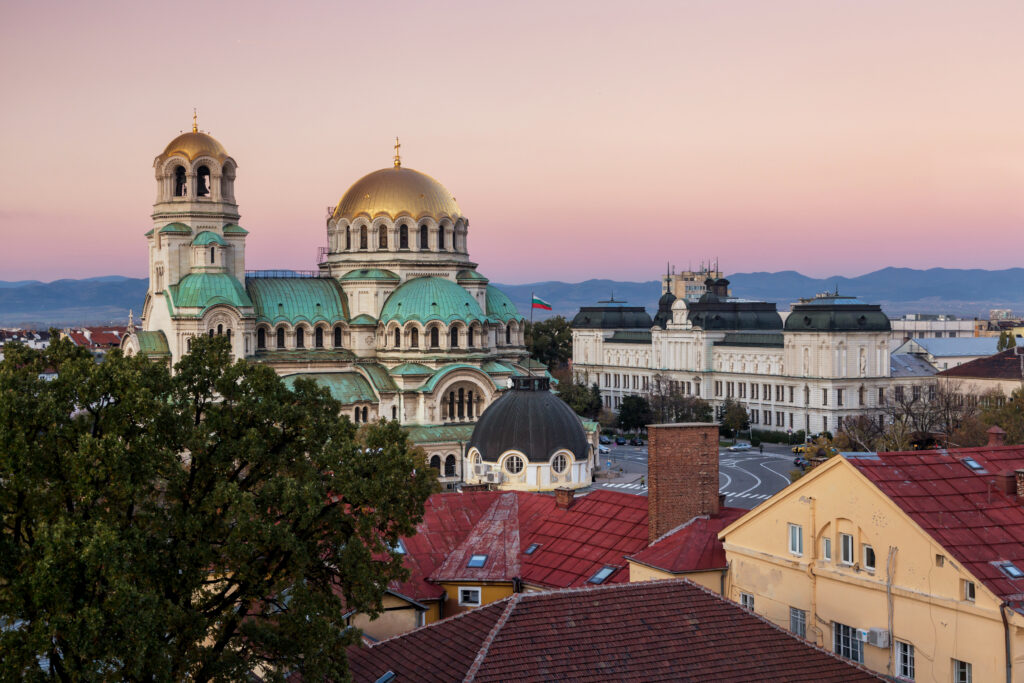
Sofia is a not-to-be-missed getaway on a trip to Bulgaria, a country with a pleasant Balkan flavour. A capital on a human scale, the city exudes a pleasant atmosphere that delights its visitors. The modern city offers a mix of Communist-era remnants and recent construction, while the historic center is a veritable treasure trove, blending the bourgeois architecture of the national revival with Ottoman and Orthodox Christian influences. Sofia also offers a high quality of life, with its café terraces and restaurants where locals like to relax in the evenings. Here's a closer look at 11 must-see sights and experiences not to be missed when discovering the capital of Bulgaria, one of our top destinations in Eastern Europe.
1. Alexander Nevski Cathedral
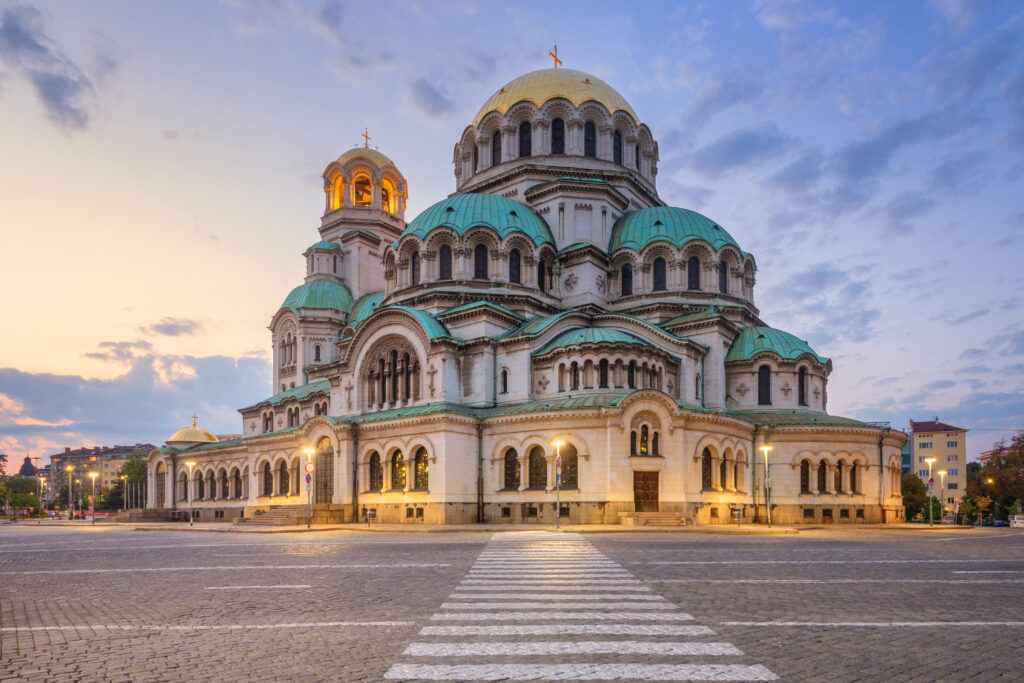
A must-see in Sofia, and even one of our 13 must-sees in Bulgaria! The famous Alexander Nevsky Cathedral, at 52 meters the tallest in the Balkans, is one of the capital's most famous monuments. The decision to build this monument was taken in 1879, one year after the National Liberation. Alexander Nevsky was a 13th-century Russian warrior and patron saint of Tsar Alexander II, liberator of Bulgaria. Between 1904 and 1912, it was built by Russian architect Pomerantsev, with the help of architects of many nationalities. The cathedral's immense dome with its golden roof, surrounded by smaller domes, is truly imposing. Inside, its walls were decorated by the greatest Russian and Bulgarian artists of the time. Finally, you can hear its twelve bells, cast in Moscow. They can be heard 30 km away!
If you'd like to discover all Sofia has to offer, we recommend you book this guided walking tour of the city which takes in over 20 of the city's attractions.
2. What to do in Sofia Visit Boyana Church
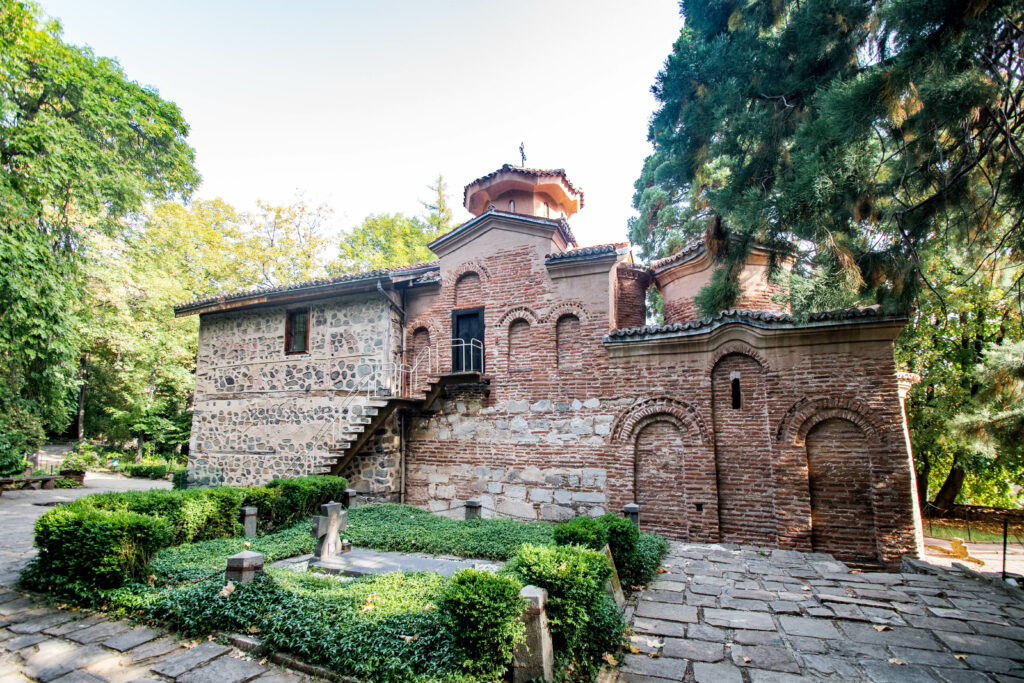
At the foot of Vitocha Mountain, just a fifteen-minute drive from Sofia, lies the Church of Boyana, a little gem listed as a UNESCO World Heritage Site. Perched high above the village, accessible via a steep cobbled street, this small basilica stands out for its exceptional proportions and architecture. Its interior, entirely adorned with mural frescoes, is a true jewel, incredibly well preserved and restored, making it a unique testimony to the past. Dedicated to Saints Nicholas and Panteleimon, the Boyana church was originally decorated with Byzantine frescoes. In 1259, a two-storey church was added to the structure. Outside is the tomb of the Bulgarian queen, Eleonore Reuss (1860-1917), wife of King Ferdinand Iᵉʳ. A little higher up, a remarkable vantage point offers a superb view.
Visit Rila Monastery and Boyana Church as a group on a tour from Sofia.
3. Vitocha National Park
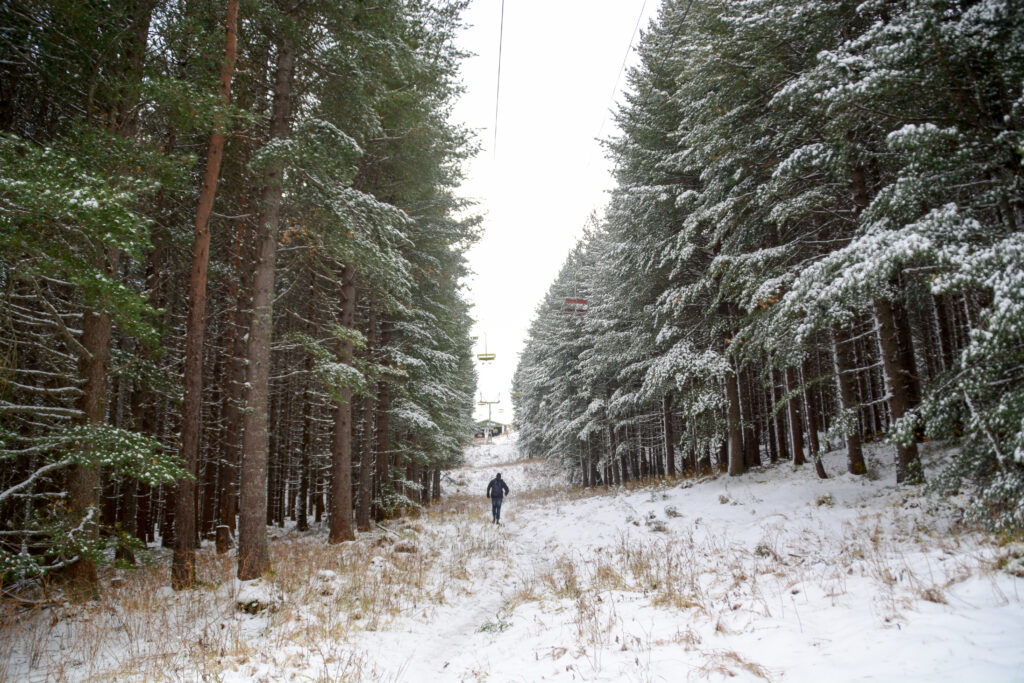
Warm up! Located close to Sofia, Vitocha National Park is a popular destination for the capital's residents for outdoor activities such as hiking, skiing and even mountaineering, all of which are renowned in a country where you can go in winter as well as for a sunny September. The park is also, and above all, renowned for its biodiversity, home to rare species. The Bistrishko Branishte reserve, characterized by its deciduous forests and high-altitude alpine meadows, has even been designated a biosphere reserve by Unesco. The Torfeno Branishte reserve, meanwhile, was established specifically to preserve high-altitude wetlands. The massif boasts a dozen peaks topping 2,000 meters. Many hikes are therefore possible, including the ascent of Černi vrǎh (2,290 meters).
4. What to do in Sofia Visit theNational History Museum
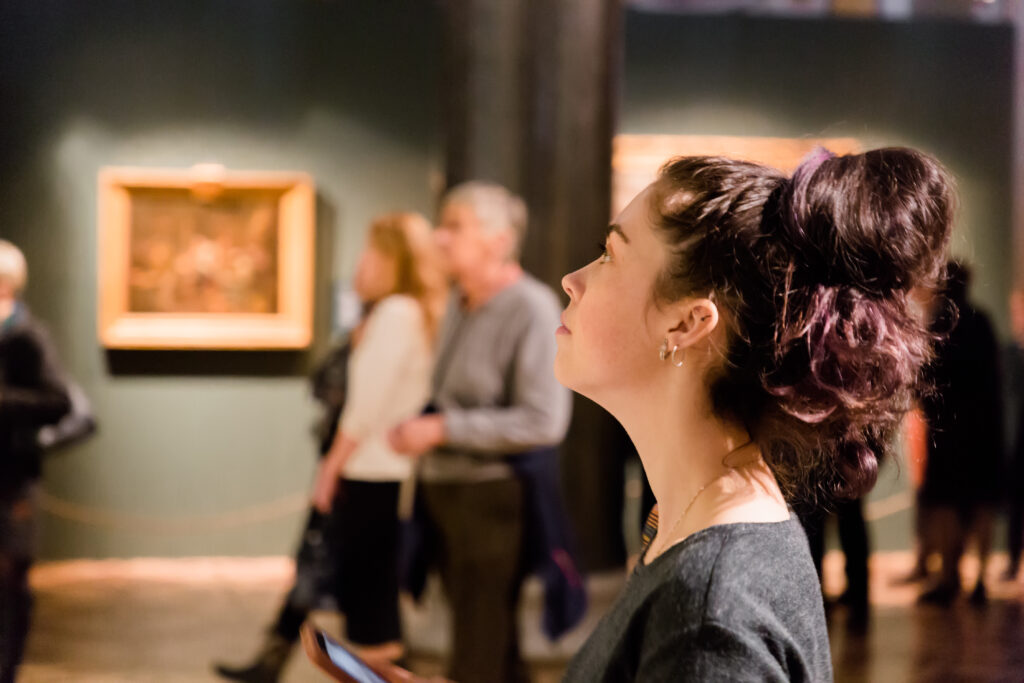
Sofia's National History Museum is Bulgaria's leading museum dedicated to the country's history. Its collections cover the Roman and Byzantine periods, as well as the re-emergence of the Bulgarian state. Visitors can admire impressive gold objects from the Thracian period, including the famous Panagyurishte treasure. On the second floor, with a magnificent view of Mount Vitocha, an exhibition traces the evolution of the Bulgarian alphabet.
5. The Ivan Vazov National Theatre
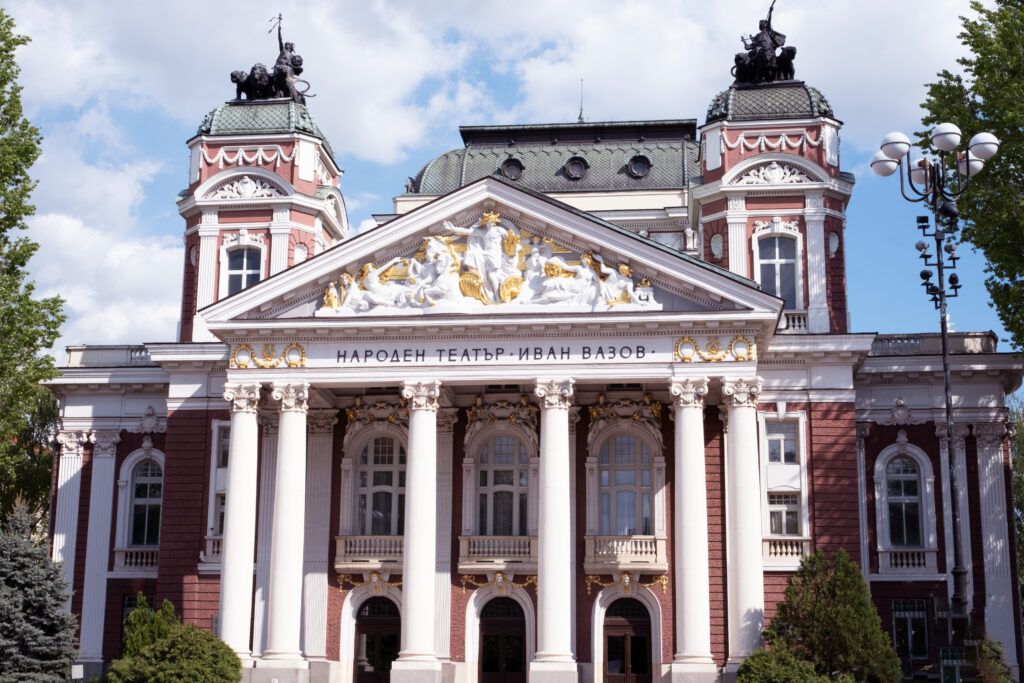
It's one of Sofia's iconic landmarks, harmoniously integrating the urban panorama of Bulgaria's capital, one of our 10 budget destinations in Europe. The Ivan Vazov Theatre, named after a committed Bulgarian writer and poet of the late 19th century, was built in 1904 and completed in 1907. Its style combines German classicism with distinctive Belle Époque elements. With 850 seats divided between the auditorium and the balconies, the theater also houses two cafés-théâtres. The National Theatre Company performs here regularly, while the productions are generally entrusted to eminent Bulgarian directors.
This guided tour of Sofia will take you toSofia's main sights, including the National Theatre and its garden, the ancient Serdika, the Banya Bashi mosque, the Sveta Nedelya church, the Palace of Justice and much more!
6. What to do in Sofia Visit theNational Gallery of Fine Arts
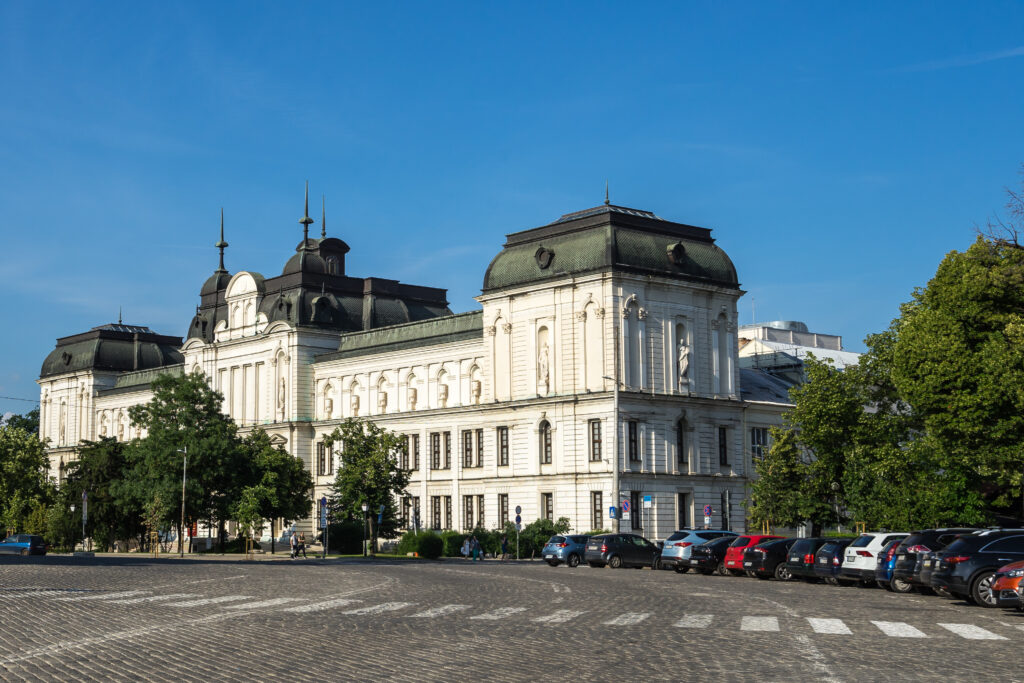
Kvadrat 500 (Square 500), 100 meters east of Nevsky Cathedral, is the new home of the National Gallery of Fine Arts. It houses a magnificent collection of over 2,000 paintings, both Bulgarian and international, from the Middle Ages to the present day. Although particular emphasis is placed on Bulgaria's post-independence period at the end of the last century. The gallery's main building, a former princely palace, is dedicated to temporary exhibitions. Its neoclassical interior is remarkably aesthetic, providing a prestigious setting for these events.
7. The Museum of Archaeology
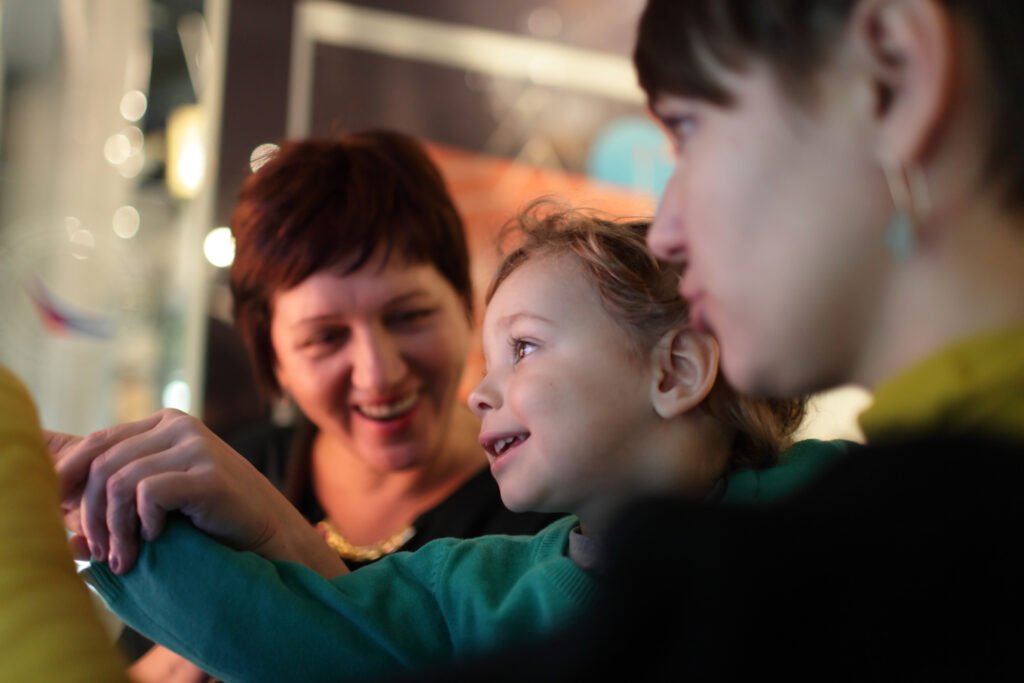
Opposite the Presidency of the Republic, the Museum of Archaeology was established in 1879 in a magnificent 15th-century Ottoman mosque. It houses the most important collection of archaeological artefacts on the Balkan peninsula. This collection includes Paleolithic relics such as tools and weapons, including a flint spear, as well as everyday artifacts such as ceramics, and animal remains such as cave bears and saber-toothed lions, testifying to their presence at that time. Among the must-sees, don't miss the oldest stone drawing in Europe, dating back 50,000 years, and the oldest engraved bone fragment, over a million years old.
8. What to do in Sofia VisitDragalevtsi Monastery
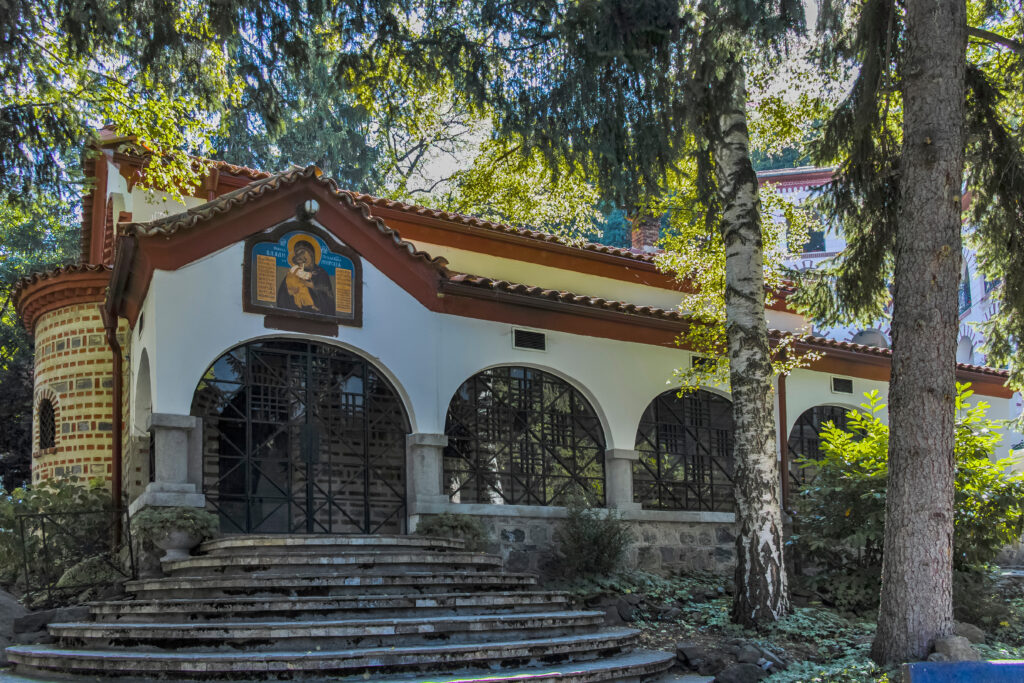
Located 3 km south of the main Tsar Ivan Alexander Square, Dragalevtsi Monastery was founded in 1341 during the reign of Tsar Ivan Alexander. It is famous for having housed the revolutionary Vassil Levski between 1870 and 1872. During the 15th and 16th centuries, it was an important cultural center, hosting a monastic school. Some of the frescoes date back to 1467 and are particularly well preserved. Like other monasteries in the country, Dragalevtsi played an important role in preserving Bulgarian identity and spirit under Ottoman rule.
Click here to book your guided day trip to Vitosha, Boyana Church and Dragalevtsi Monastery.
9. Lake Pancharevo
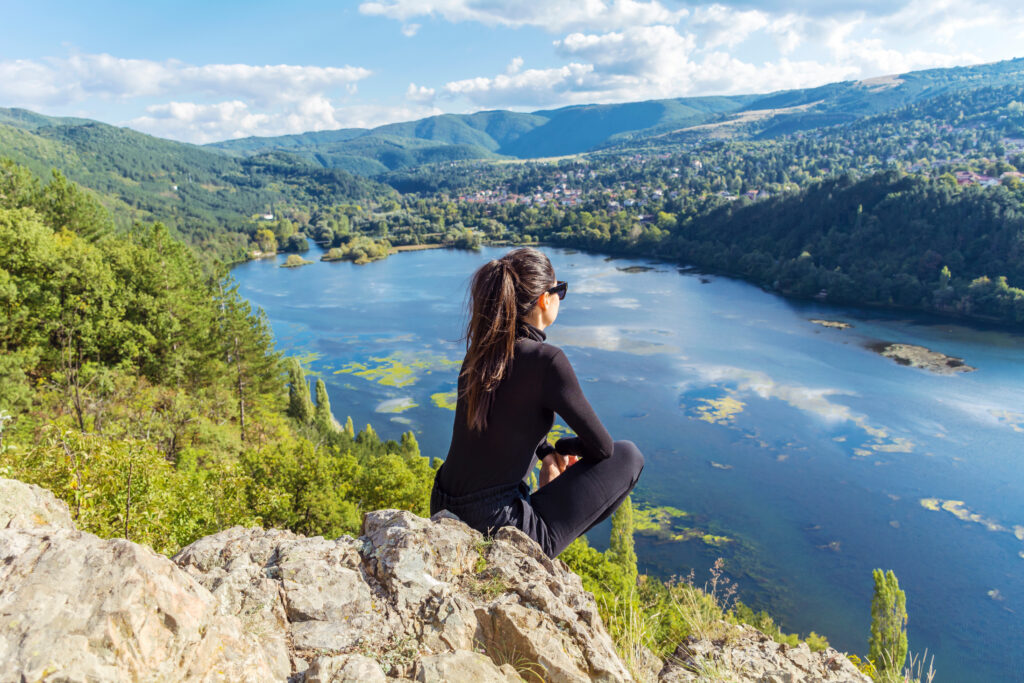
Nestling at the foot of a mountain, the artificial Pancharevo Lake is a popular spot for locals and tourists alike, as soon as the sun comes out. On sunny days, the lake attracts lovers of water sports, long swims, idleness and relaxation. When it's time to sit down to dinner, there are a number of pleasant cafés and restaurants where you can enjoy a delicious meal. The presence of a hot mineral spring at 49°C is also a delight for wellness enthusiasts. And if you want to stretch your legs, there's a pleasant path around the lake. This must-see spot is easily accessible from Sofia, as you can easily make the round trip in a day. Nearby, you can also visit a number of medieval remains, such as the Urvich fortress.
10. What to do in Sofia Taste Bulgarian cuisine
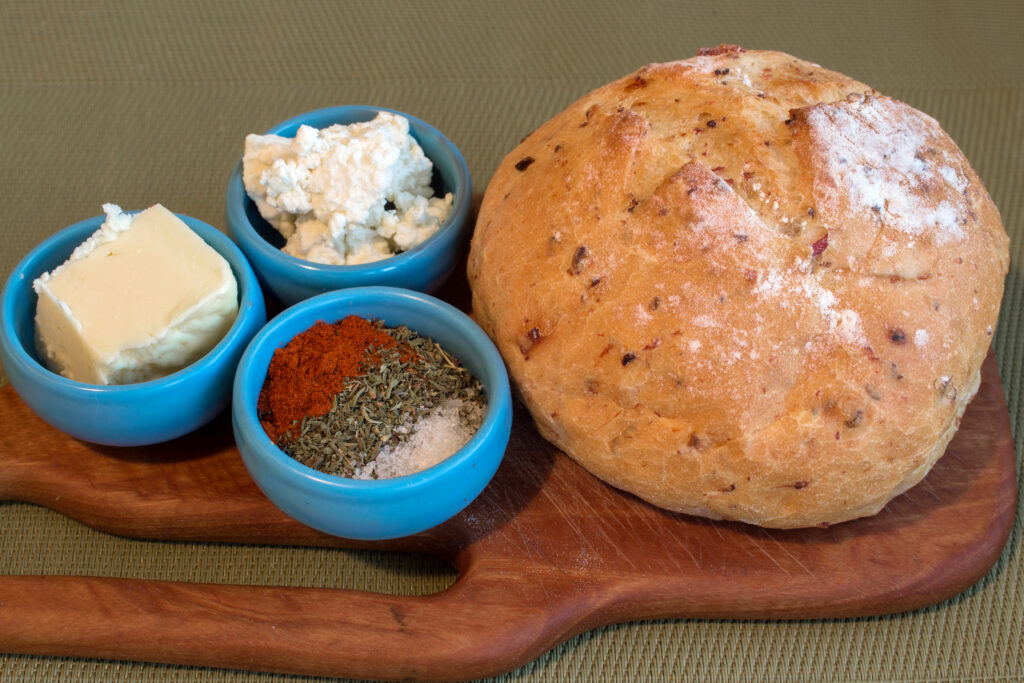
The cuisine of Bulgaria, a country where you can travel on a budget, is a kind of fusion cuisine with Greek, Turkish and Slavic influences. In short, a rich variety of culinary traditions! Meats, vegetables, starches and spices are generally simmered slowly in earthenware pots, while grilled meats remain very popular. Aromatic herbs such as onion, garlic, parsley, mint and dill are widely used to spice up dishes. Local ingredients such as samardala, a Bulgarian garlic powder, and sharena sol, a blend of spices including salt, paprika, savory and thyme, add a unique touch to Bulgarian specialties. Bulgarian desserts also reflect this diversity, combining Eastern influences with Central European cakes in cream, chocolate or coffee. And, to top it all off, we'll be tasting some fine Bulgarian wines, the tasty legacy of a rich winemaking tradition.
11. Shopping

Around Alexander Nevsky Cathedral, you'll find a large number of itinerant antique dealers displaying everything from musical instruments and Red Army jackets and chapkas to cameras and paintings. Some of the handmade icons are faithful reproductions of the finest works produced by the country's monasteries. Don't hesitate to ask the sellers for information, as they are sometimes the artists themselves. Lace is also available. Don't hesitate to discuss prices, especially if you're paying in a currency other than lev (generally accepted). For luxury boutiques, the Presidential district offers many ready-to-wear stores, on Kaloyan and Lege streets among others. You can also walk up Vitosha Boulevard between Patriarh-Eftimi Boulevard and the Sheraton. You'll also find fashion stores on Chichman and Graf-Ignatiev streets.
Where to stay in Sofia?
Sofia city center, one of our 10 cities to retire to, is the ideal place to stay, with Vitosha Boulevard, numerous tourist attractions, bars and restaurants... In short, it's got everything! Alternatively, head east of the city center to the Oborishte district, home to the Alexander Nevsky Cathedral.
- The cheapest: 5 VINTAGE HOSTEL
This well-located hostel, just off Vitosha Boulevard, is ideal for visiting the capital on foot. With its neat vintage decor, you'll feel right at home! Click here to book your stay in just a few clicks.
- The family-friendly BUDAPEST HOTEL
Looking for comfortable, luxurious accommodation? This modern, family-friendly hotel, which you can book here in just a few clicks, is located just north of the Lion Bridge.
- The most luxurious: GRAND HOTEL SOFIA
Just a stone's throw from the Théâtre National, the Grand Hotel offers everything you'd expect from a 5-star hotel, including luxurious rooms, a gym, a wellness center and a gourmet restaurant... Find out about rates and availabilityhere !
What to do in Sofia in 3 days
Day 1: We'll start, of course, with St. Alexander Nevsky Cathedral and its crypt-museum of Icons. We'll also visit Kvadrat 500, the National Gallery of Fine Arts.
Day 2. Shopping on Solounska, Gladstone and Neophyte Rilski streets. In the afternoon, visit the Boyana Church, the Ivan Vazov National Theatre and the Public Garden. And don't forget to spot the most beautiful graffiti and murals along the way.
Day 3. We can visit the National History Museum nestled beneath Vitocha Mountain, the Banya Bachi Mosque and the Bathing Square and Archaeology Museum. Or head to the Pancharevo lake for a lazy day.


